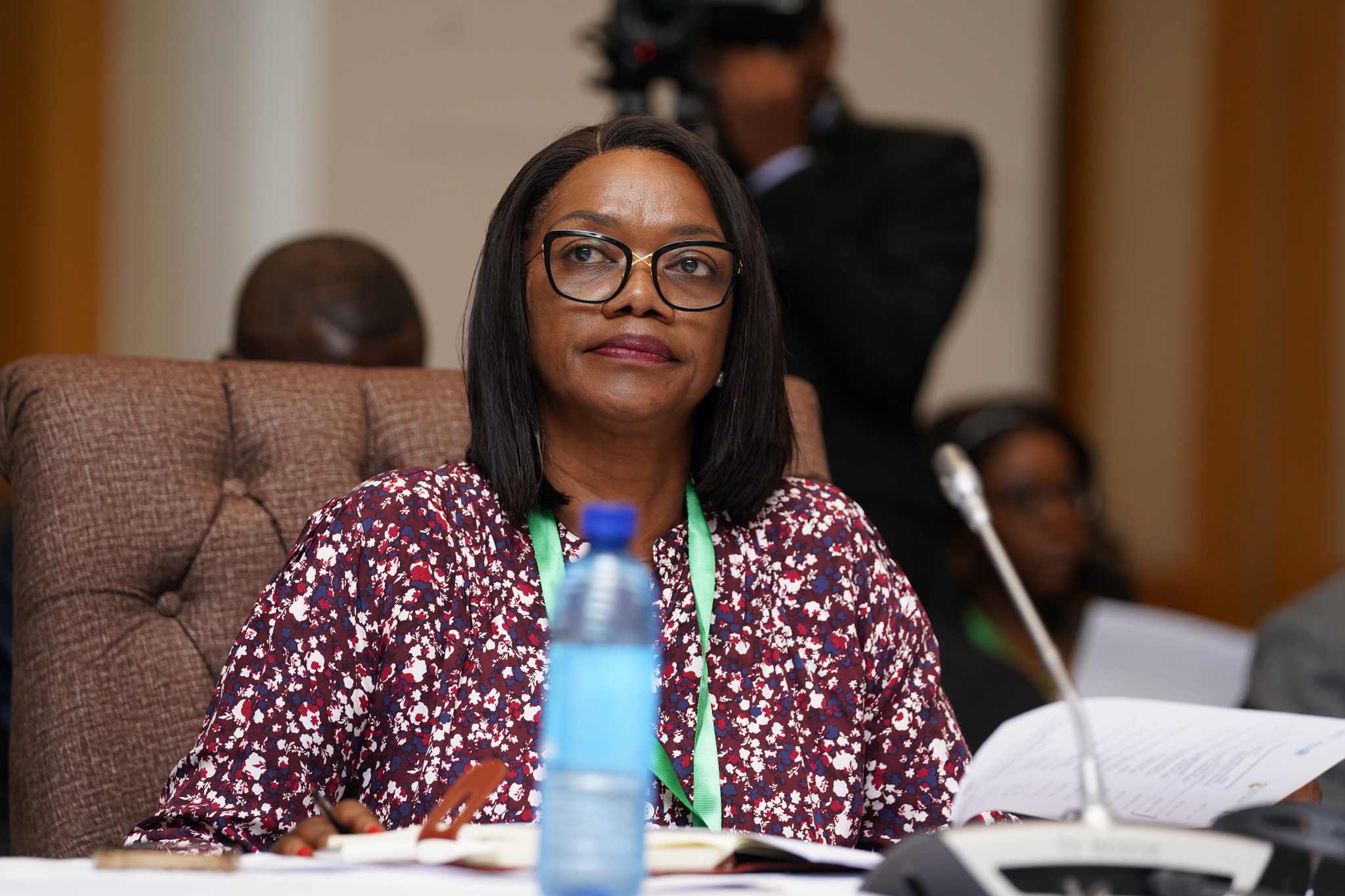• Global fund has disbursed a total of US$1.6 billion to Zambia towards the fight against public health threats such as HIV
• Fund allocates about US$350 million to Zambia to boost fight against HIV, tuberculosis and malaria.
• Zambia and the US government have managed to put more than 1.2 million people living with HIV on treatment.
Minister of Health has disclosed that the Global fund has disbursed a total of US$1.6 billion to Zambia towards the fight against public health threats such as HIV, TB, Malaria and COVID-19.
Speaking when Global Fund Board Chairperson Dr. Donald Kaberuka paid a courtesy call on her, Sylvia Masebo commended the Fund for allocating to Zambia about US$350 million.
Ms. Masebo said this will further boost the fight against HIV, tuberculosis and malaria, as well as in building resilient and sustainable systems for health.
She added that Zambia and the US government through President’s Emergency Plan for AIDS Relief (PEPFAR) have managed to put more than 1.2 million people living with HIV on treatment.
“The TB programme has also benefitted from the Global Fund, particularly in the area of TB prevention, diagnostics and treatment. I am happy to report that the TB notifications have increased and as a country, we are on track to surpass the targets set out during the United Nations High Level Meeting of 2018. For instance, the country notified over 50,000 TB cases last year and managed to treat almost all of these with favourable treatment outcomes. The Global Fund has supported us in procurement of TB drugs together with other support entities needed for the TB programme,” she stated.
The Minister further revealed the resources Government receives from the Global fund have supported deployment of key interventions such as long-lasting insecticide treated bed nets, indoor residual spraying, and anti-malarial drugs and associated malaria diagnostic tests.
“This is in addition to supporting the scale up of our malaria surveillance systems, social behavioral change programs and overall systems strengthening for malaria programming. We have seen new malaria cases reduce from 428 per 1000 population in 2020 to 340 per 1000 in 2021,” she explained.
Meanwhile, Ms. Masebo reveals that about US$32 million for Unmet Quality Demand (UQD) for Covid-19 interventions is being considered for approval for Zambia by the Global Fund and will go a long away in mitigating the impact of the pandemic and improving pandemic response preparedness.
“Another issue that I want to allude to is that Zambia is aware of the need for sustainable financing in the wake of major changes in financing for all the three programmes especially now that there are competing needs brought about by the Covid-19 pandemic. We are looking at innovative ways in which we can fund health programmes alongside the donor support that we continue to get through various partnerships,” she added







